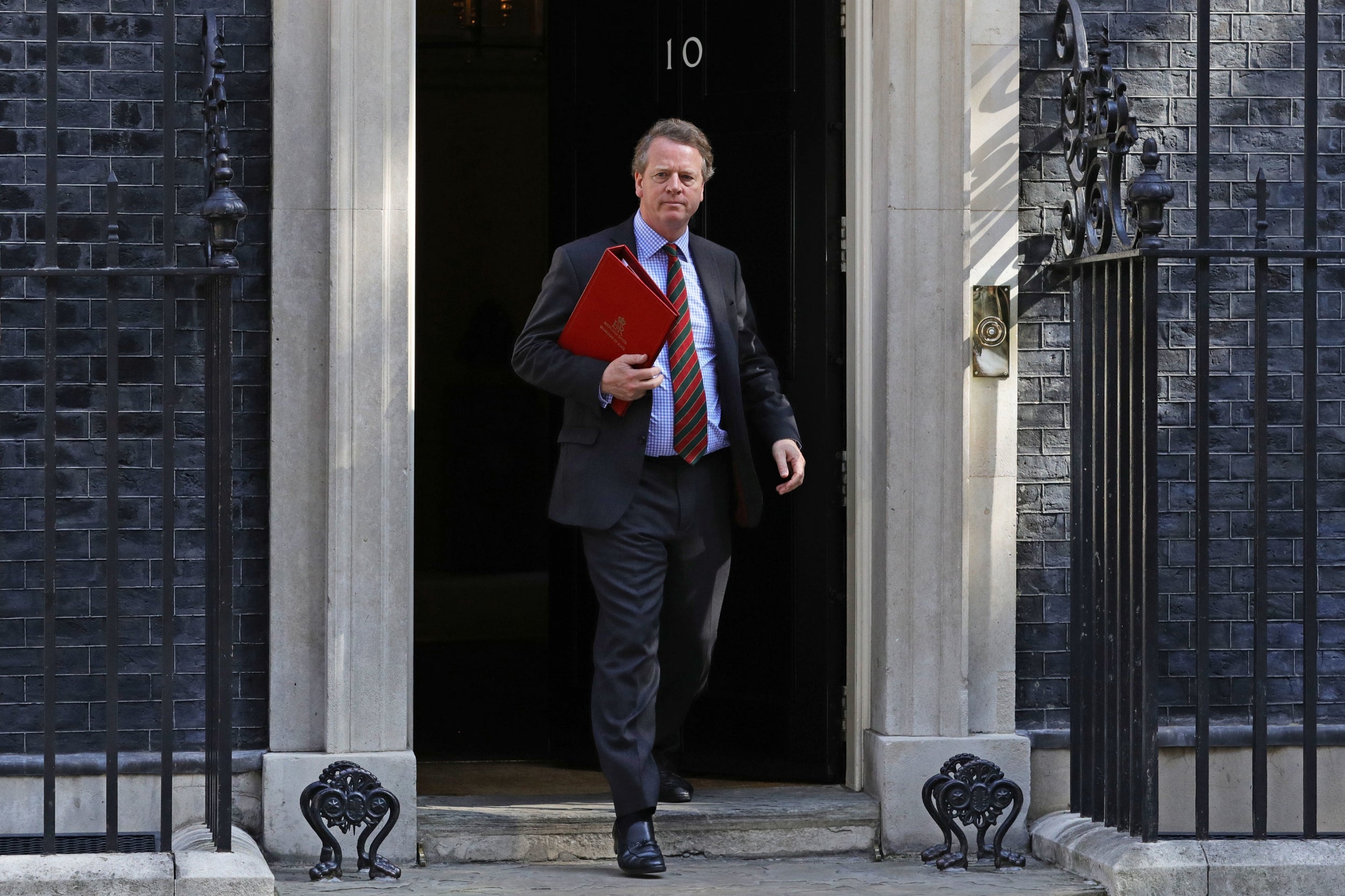Boris Johnson's planned bridge between Northern Ireland and Scotland could become a tunnel
Senior Tory says he prefers an underground channel and insists the prime minister is 'on exactly the same page'

Your support helps us to tell the story
From reproductive rights to climate change to Big Tech, The Independent is on the ground when the story is developing. Whether it's investigating the financials of Elon Musk's pro-Trump PAC or producing our latest documentary, 'The A Word', which shines a light on the American women fighting for reproductive rights, we know how important it is to parse out the facts from the messaging.
At such a critical moment in US history, we need reporters on the ground. Your donation allows us to keep sending journalists to speak to both sides of the story.
The Independent is trusted by Americans across the entire political spectrum. And unlike many other quality news outlets, we choose not to lock Americans out of our reporting and analysis with paywalls. We believe quality journalism should be available to everyone, paid for by those who can afford it.
Your support makes all the difference.Boris Johnson’s dream of building a bridge connecting Northern Ireland and Scotland could instead become a tunnel in the Irish Sea, a Tory cabinet minister has said.
Scottish secretary Alister Jack said he favoured a channel between Portpatrick on the British mainland and Larne in Northern Ireland – and insisted the prime minister was “on the same page”.
He told MSPs the bridge idea was a “euphemism” for a link between the two countries and a tunnel would avoid the issue of the Second World War munitions dump at Beaufort’s Dyke in the Irish Sea.
Downing Street acknowledged that the idea was being looked at after the prime minister ordered officials to examine whether the multi billion pound bridge plan was feasible.
Mr Johnson first raised the bridge proposal during the Tory leadership campaign, but it has been met with widespread scepticism from experts.
Speaking at a Holyrood committee, Mr Jack said: “I’m very keen on it now, but it’s not a bridge that I’m keen on, it’s a tunnel.
“It’s no different to the tunnels connecting the Faroes, it’s not different to the tunnels underneath the fjords, and it deals with the problem of Beaufort’s Dyke and the World War Two munitions.
“The bridge for me is a euphemism for a link, which is a tunnel.”
He told journalists afterwards that the 20-mile crossing could be made up of sections of both bridge and tunnel, but added: “I think the best solution if we’re going to bridge Scotland with Northern Ireland is a tunnel, and I’ve had conversations along those lines with the prime minister.”
The senior Tory said Mr Johnson was “on exactly the same page” when it came to the idea of an underwater crossing, which would be cheaper than a bridge.

Experts have raised concerns about the feasibility of a bridge through the stormy stretch of water, which is more than 1000ft deep at times and also hosts more than a million tonnes of wartime munitions.
Asked about the possibility of a tunnel, the PM’s official spokesman said: “The prime minister is passionate about improving connectivity across the UK and work is being carried out to look at this project.
“The PM has been clear that we should be ambitious in our plans for infrastructure across the country and we are looking at a wide range of schemes that could boost connectivity.”
Asked if Mr Johnson now favours a tunnel, the spokesman said: “His aim throughout has been to improve connectivity and we commissioned work on how best to achieve that.”
When the initial plans were made public, the Scottish and Northern Irish transport secretaries wrote to Mr Johnson and called for the estimated £20bn cost to instead be given to the devolved administrations to improve infrastructure.
Scottish transport secretary Michael Matheson dismissed the idea as a “£20bn vanity project by the Tories” and would be better spent on other projects.
Join our commenting forum
Join thought-provoking conversations, follow other Independent readers and see their replies
Comments